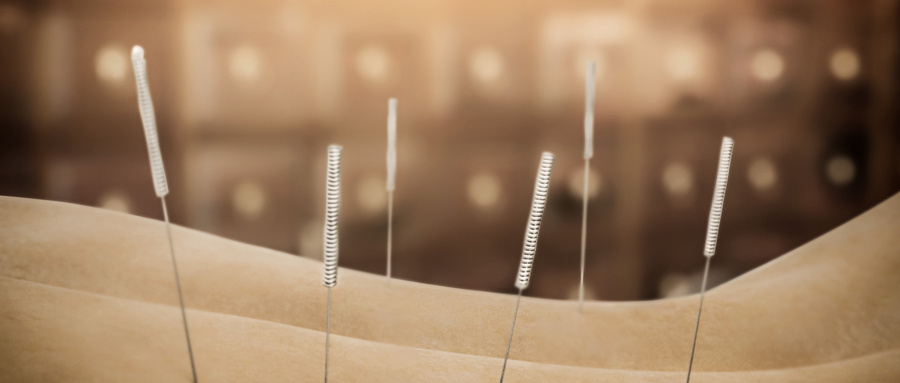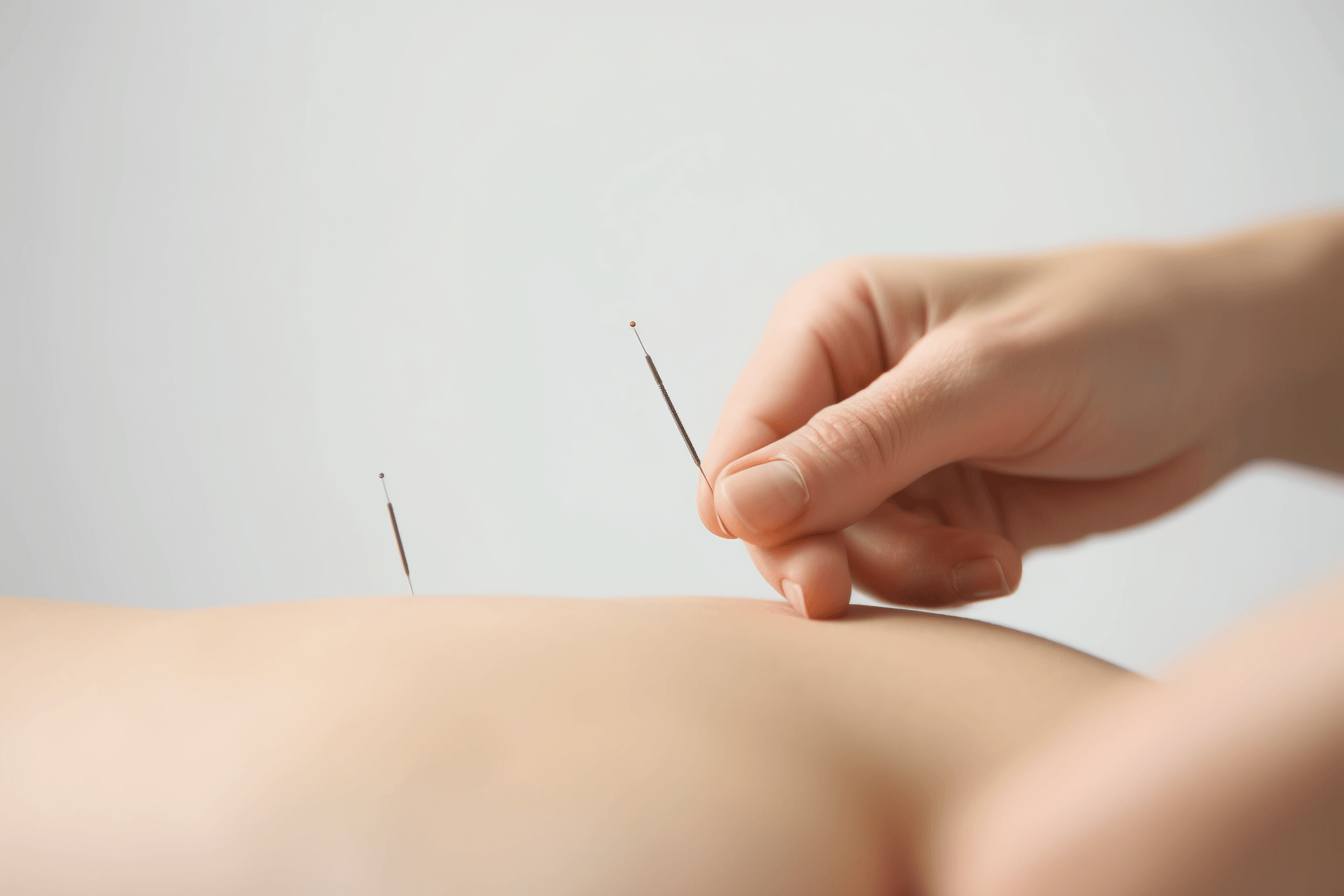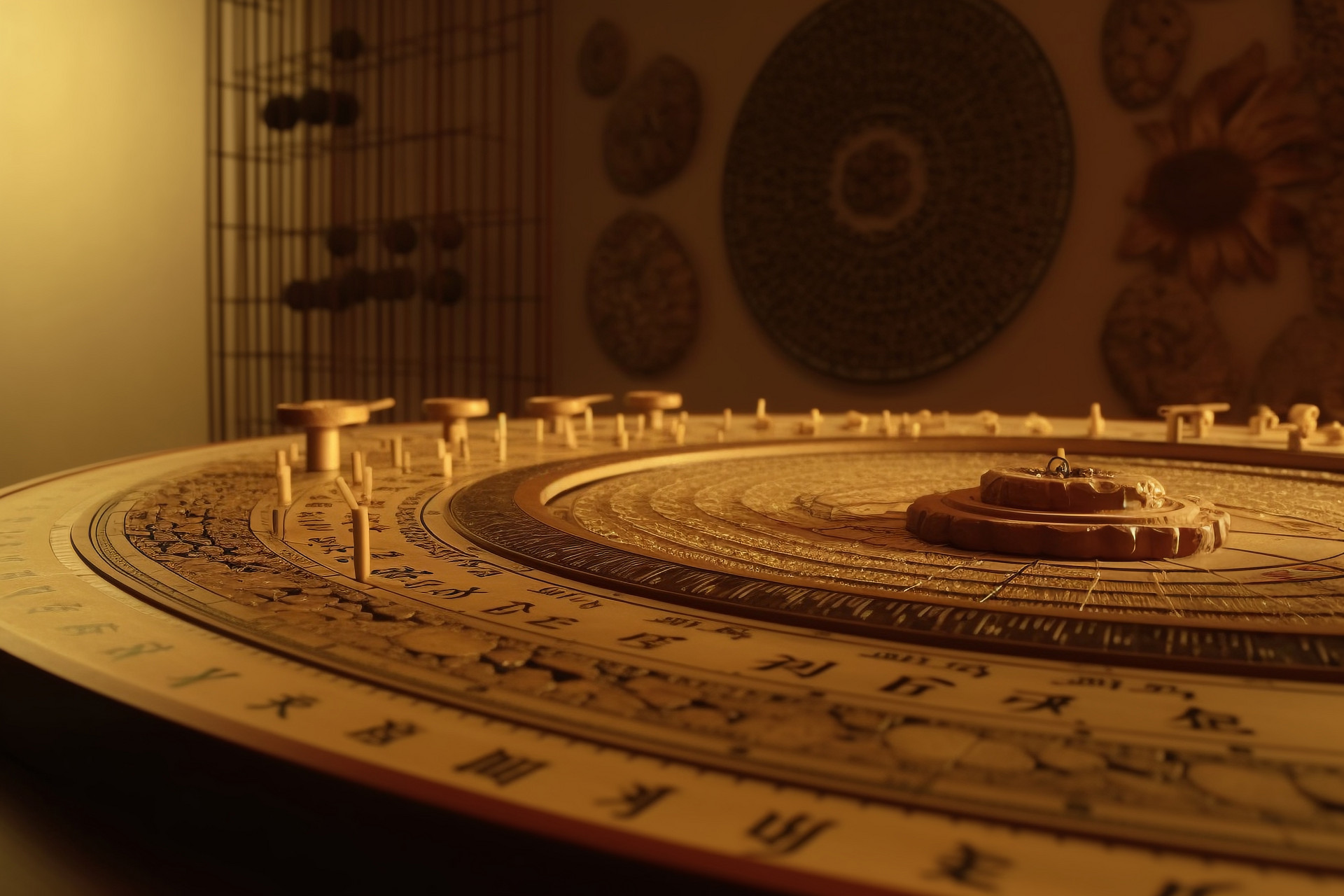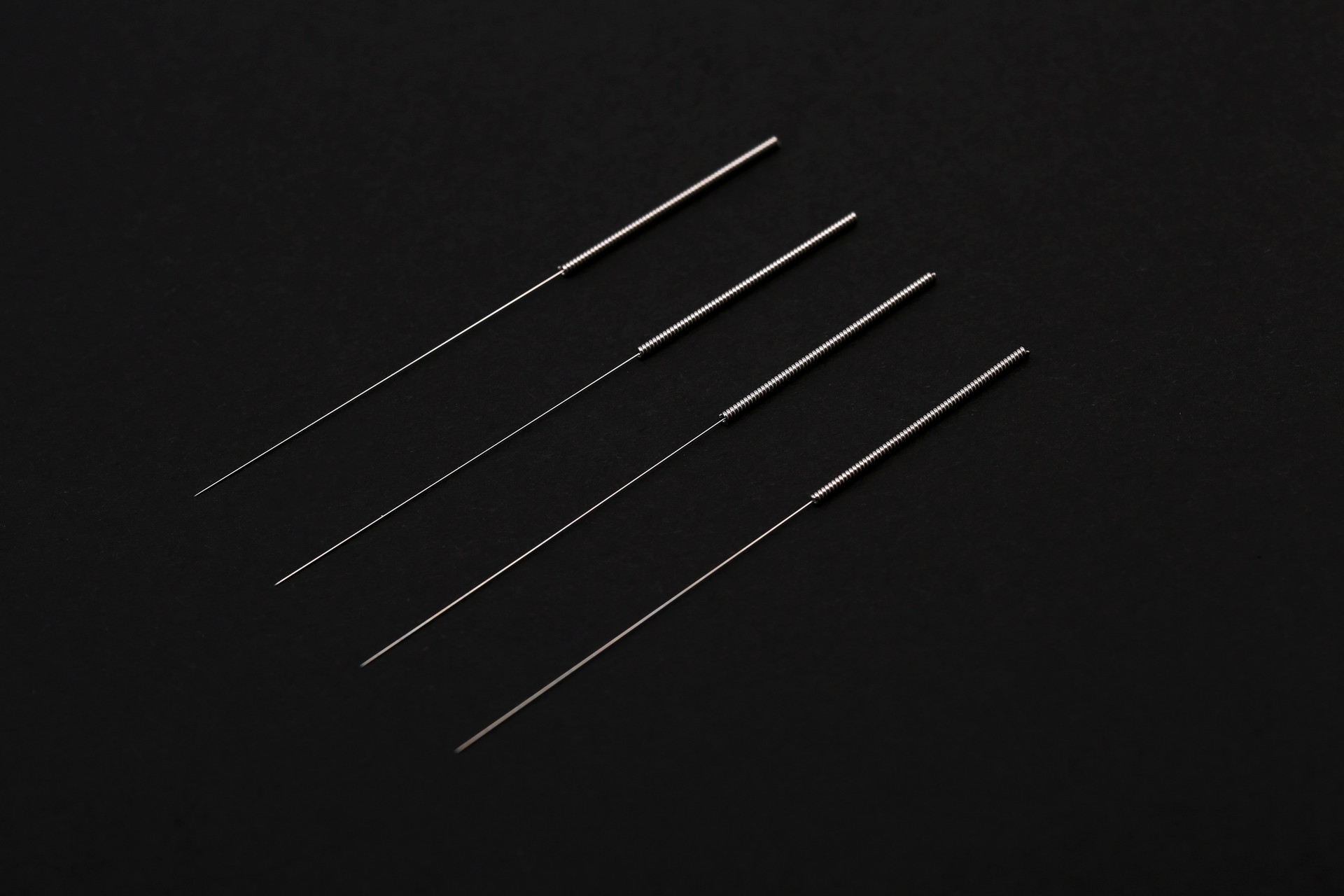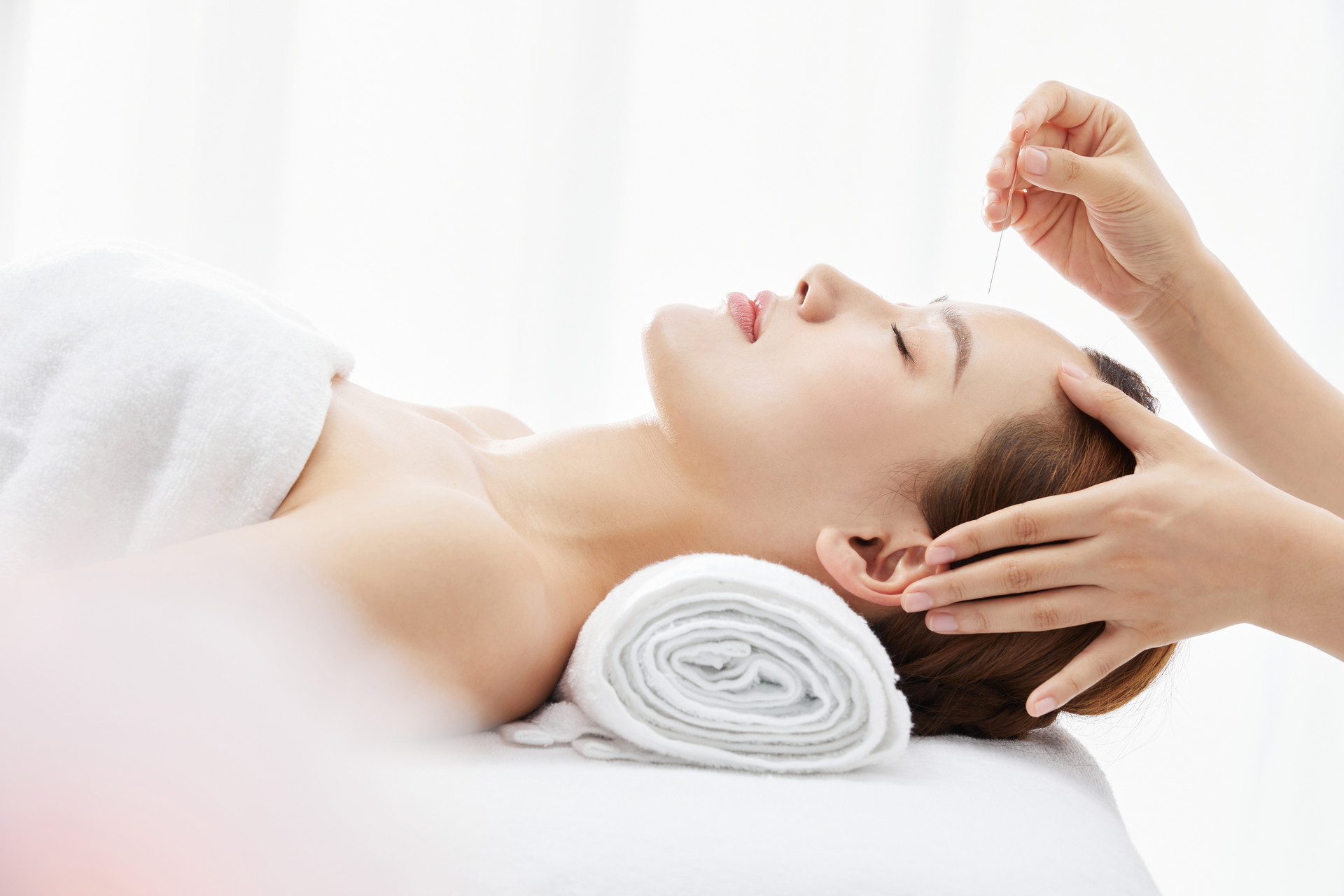Nowadays, many books, magazines, and newspapers introduce effective traditional Chinese medicine meridian acupoints health methods. However, many people find it difficult to know where to start when actually practicing these methods. The biggest difficulty is the fear of not being able to locate the acupoints accurately.
Traditional Chinese medicine meridians include twelve meridians, twelve divergent meridians, eight extraordinary vessels, fifteen collateral vessels, twelve muscle meridians, twelve cutaneous regions, and over seven hundred traditional acupoints. It is difficult for non-professionals to remember so many acupoints, let alone locate them accurately.
Without being able to locate the acupoints, how can we talk about health maintenance? In fact, finding acupoints is not as difficult as we imagine. Acupoints are like alarm systems in our bodies. If we are sick or if there are problems with our meridians and organs, specific areas of our body will become sensitive. Gentle pressure on these areas will feel sore and swollen, just like the alarm system flashing red lights and sounding the siren. This is what traditional Chinese medicine refers to as "internal problems manifesting externally".
These specific areas are mostly located on important acupoints or along the meridians. Some are located on specific reflex points or reflex areas, such as the reflex zone on the sole of the foot. Therefore, it doesn't matter if you can't find the standard positions of the acupoints. What matters is finding your own responsive points, as these points are not only "alarm systems" but also "regulators". By regularly massaging these responsive points, we can unknowingly bid farewell to suboptimal health, regulate our physical condition, and achieve the goal of health maintenance.
Here's how you can find acupoints:
Location based on meridians: This is a more professional method. For example, if you have diarrhea, you can focus on finding tender points along the spleen meridian and apply pressure or moxibustion. This method does not require memorizing specific acupoints, but you still need to know the general routes of the meridians.
What if you don't know the routes of the meridians? Below are simpler methods.
Visceral surface projection area: Each organ in our body has a corresponding surface location. For example, if you have stomach pain, you can find the surface projection area of the stomach and massage it. If you have abdominal pain, you can find the corresponding area on the abdominal surface.
For example, patients with coronary heart disease and angina often have a tender point in the heart projection area on the left side of the back. Pressing on it will cause a strong sore and swollen sensation, and they may even feel uncomfortable without pressing it. Some people describe this feeling as "like a rusty nail stuck in the back," which is quite vivid. This sensation disappears when they are well-rested but worsens when they are fatigued, angry, or exposed to cold. It can sensitively predict changes in their condition. In clinical practice, patients' family members are often advised to massage this area daily, or to use moxibustion when there are signs of coldness and deficiency, which can effectively alleviate symptoms of coronary heart disease. Some people may not have coronary heart disease but may experience chest tightness, shortness of breath, and palpitations due to work stress or emotional instability. Treating this area can also be effective.
Acupoints at the intersection of limbs: First, locate the affected area and use the navel as a reference point to find acupoints that cross on the left and right or top and bottom. For example, if you have sprained your left ankle, you can find a tender point on the right wrist joint. Pressing on this point can relieve the symptoms of the sprain. Another example is sciatica, which generally radiates from the buttocks to the legs. Therefore, you can find a very tender point on the opposite shoulder joint, which is known as the "hip pain acupuncture point" in balance acupuncture.
Holographic reflex zones: These include reflex zones on the feet and auricles. You don't need to memorize these reflex zones. Just buy a chart, and whenever you feel uncomfortable, you can refer to it and use the corresponding points. Here's a lazy tip: visit a reputable massage center and get a full-body massage. Take note of your tender points, and then you can massage these areas at home every day.
Finding the acupoints accurately is not enough.
Just finding your responsive points and zones is not enough. You also need to understand the reactions that may occur.
Tenderness: It is a sensation of soreness, numbness, fullness, and pain. Some people may also experience pain along the meridians. The more severe the condition, the more severe the blockage in the meridians and the stronger the pain. By massaging these points daily, when the meridians become unblocked, the pain will gradually decrease, and physical symptoms will improve.
Hard nodules: People who frequently receive shoulder and back massages may have experienced this. When sitting for a long time or when the shoulder and neck are too tense, nodules may appear in these tense areas. An acupuncture expert has summarized a method for treating cervical spondylosis, which involves directly needling the tense muscles, especially the nodules. The effect is certain.
Sensitivity: A slight stimulus may cause itching on the skin. This phenomenon often occurs with massage techniques that cover a large area of the skin. For example, when using a patting technique, some people may not feel much pain, but the itching sensation is unbearable and the skin may quickly turn red. In this case, you can switch to using a semi-clenched fist to strike, which provides deeper penetration, and the itching sensation will be reduced. After a period of tapping, physical symptoms can improve, and the itching sensation will disappear. Then, you can use moderate pressure to tap the meridians for daily health maintenance.
Temperature changes: The most common example is many people with yang deficiency constitution have a very cool lower back (kidney area), and some women, especially after childbirth, often have a very cold lower abdomen, which is significantly colder compared to other parts of the body, easily noticeable by touch. For these people, moxibustion is very suitable.
By selecting the appropriate responsive points, using the correct methods, and engaging in self-care for a period of time, the pain in the responsive points will decrease, the nodules will become smaller or disappear, and the previously cool areas will become warm. At that time, your health will reach a new level.


